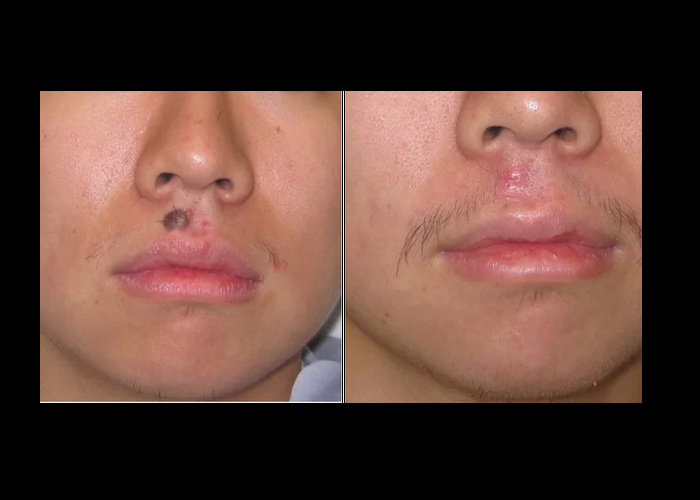Mole Removal
What is a mole?
Many people refer to a mole as any dark spot or irregularity in the skin. Doctors use different terms. But the following types of skin marks such as these are not treated the same way moles are and are not discussed here:
What causes moles?
Some people are born with moles. Other moles appear later in life.
Sun exposure seems to play a role in the development of moles and may even play a role in the development of atypical, or dysplastic, moles.
The role of heredity cannot be overemphasized. Many families have a type of mole known as dysplastic (atypical), which can be associated with a higher frequency of melanoma.
Risks of Mole Removal
Risks of mole removal methods vary from infection to rare anesthetic allergy and very rare nerve damage. It is always prudent to choose a dermatologist or surgeon with appropriate skills and experience with these removals. This will decrease the risks associated with this procedure.
Other risks vary depending on the area being treated and the method of removal.
One of the most common difficulties after mole removal is a scar. Many people will attempt to remove moles for cosmetic reasons, not realizing that each removal will result in a scar. Many times your surgeon can give you an idea of the type of scar after mole removal before you make your decision about removal.

